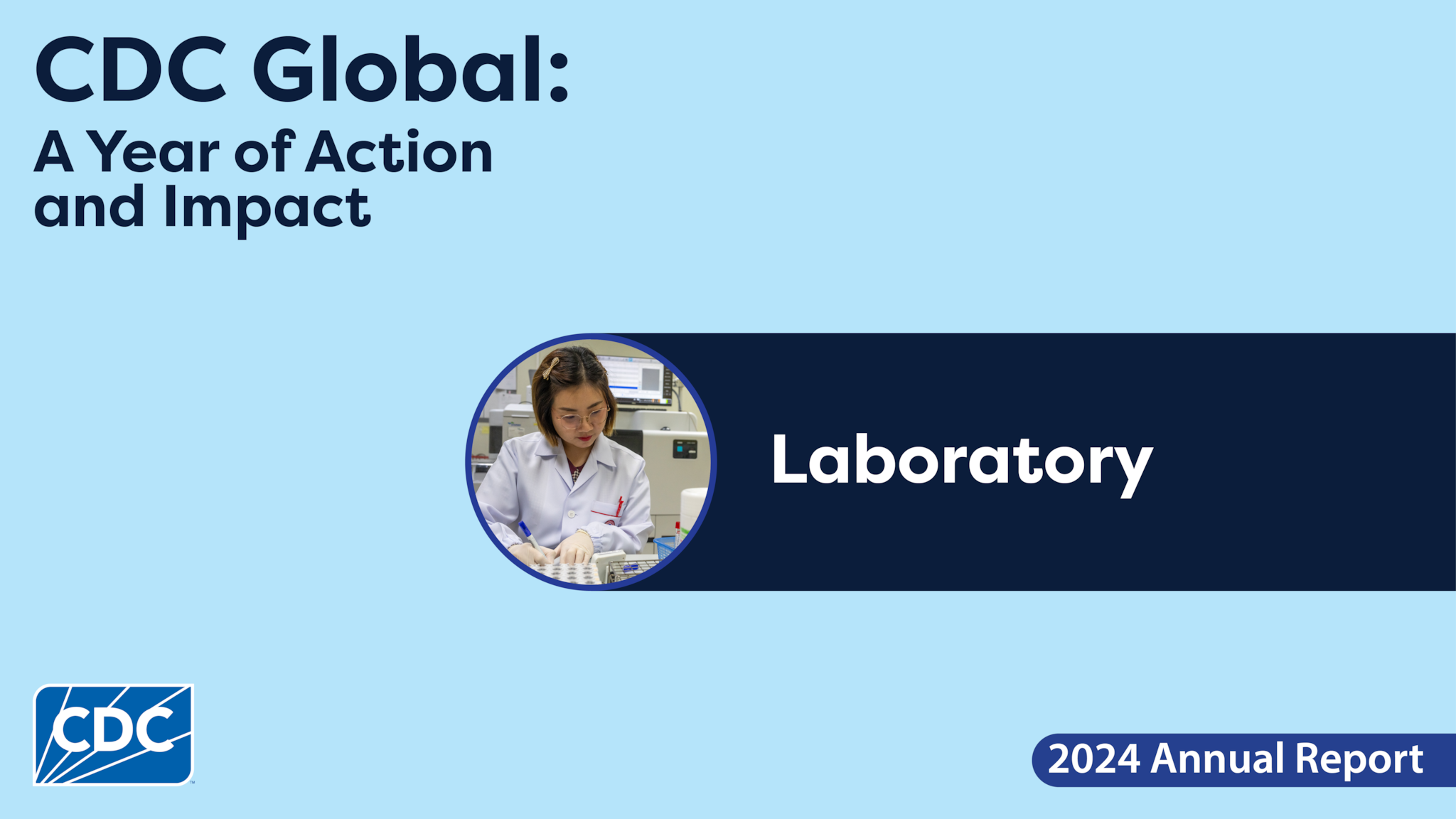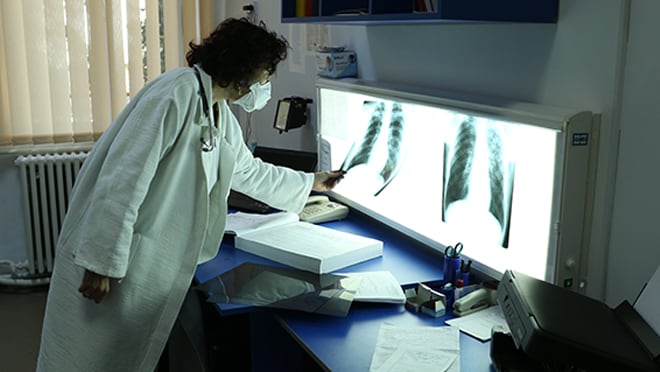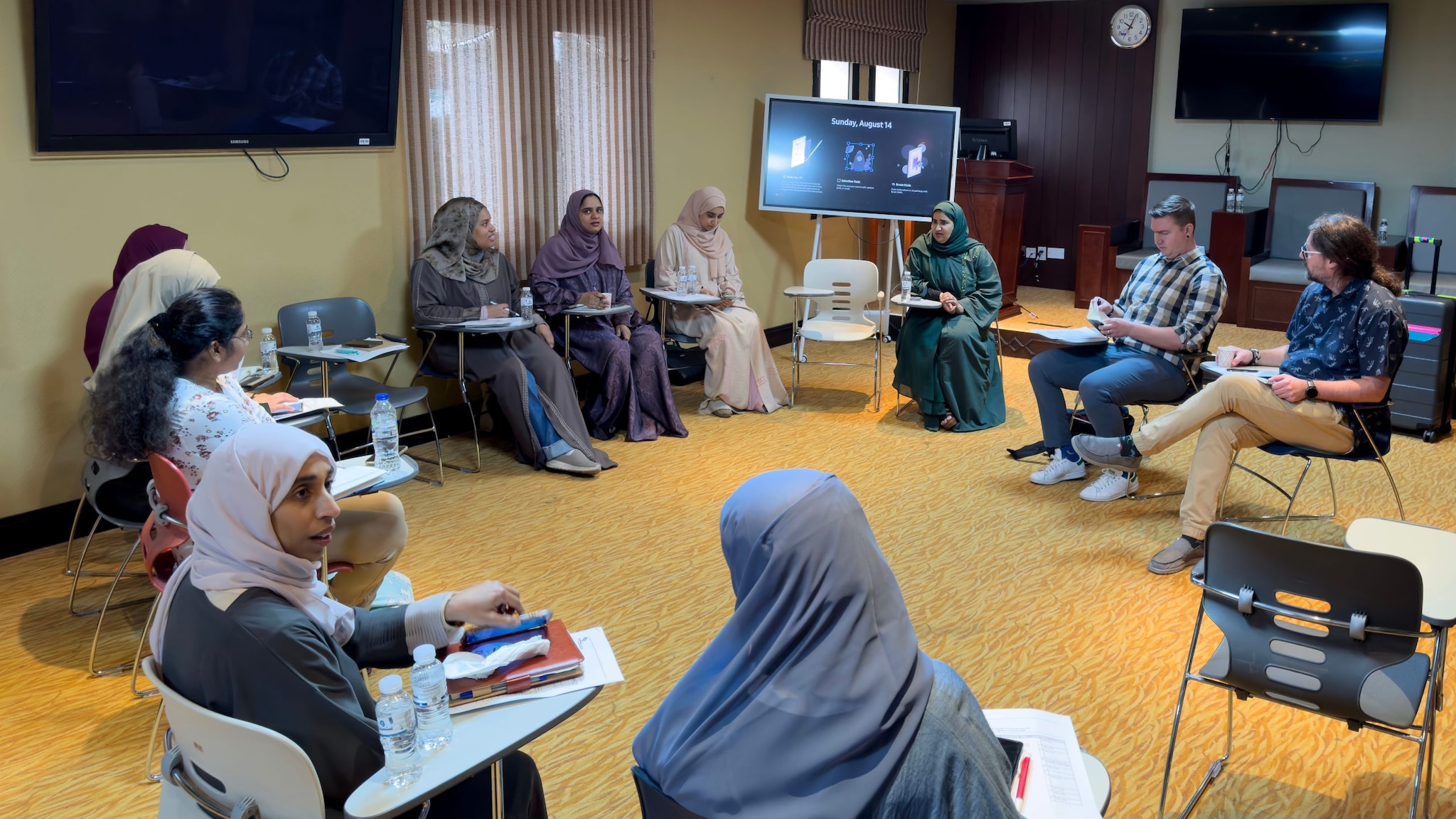At a glance
In 2024, CDC improved core laboratory capabilities critical for detection and action on high-priority pathogens.

Efficient methods

CDC transformed our global Xpert Tuberculosis (TB) Proficiency Testing program into a multi-region, sustainably funded, and locally led operation with more than 1,400 testing sites across 27 countries. This increases local laboratory capacity, speeding TB diagnosis and appropriate treatment. The program improved testing turnaround time from 3-9 weeks to around 2 hours.
Disease elimination
In October 2024, WHO announced that trachoma – the world's leading infectious cause of blindness – had been eliminated as a public health problem in Vietnam. CDC scientists developed a serology (antibody) test to help countries that have eliminated trachoma as a public health concern with ongoing monitoring for the disease.
Five countries have already used the test to validate that trachoma has not come back. CDC provides scientific expertise to ensure other countries have the capabilities to control and eliminate key neglected tropical diseases as part of our role as a WHO Collaborating Center for Trachoma.
Threat containment
The war in Ukraine has stressed health systems, creating an environment where antimicrobial-resistant bacteria can thrive and quickly spread – including across borders. With technical expertise from CDC, and in collaboration with our Ukraine country office and Eastern Europe/Central Asia Regional Office, the government of Ukraine is improving rapid and accurate detection of AR threats by improving critical laboratory skills, equipment, procedures and practices. Reducing the spread of AR will protect Ukrainian civilians, soldiers, and allies in the region, and ultimately protect Americans by reducing the likelihood of further global spread.
Cutting-edge knowledge
In March 2024, the CDC Polio Essential Facility (PEF) received an Interim Certificate for Containment from the Global Commission for the Certification of Poliomyelitis Eradiation. The CDC PEF is a WHO reference laboratory that performs the largest volume of testing for the global polio eradication campaign. The CDC PEF is the sixth facility in the world to receive this certification, demonstrating the unique global status of CDC's polio laboratory and operations and the agency's leadership in the eradication of poliovirus.
Story Spotlight: Innovative "Lab Twinning" Approach Benefits U.S. and Oman

When CDC opened its Middle East/North Africa Regional Office in Oman in 2020, one of the top priorities identified by the Ministry of Health was strengthening laboratory capacity. Recently, a first-of-its-kind "lab twinning" program matched the Oman Central Public Health Laboratory (CPHL) with laboratories in Wyoming and Oregon, delivering benefits for both countries.
With the help of the Association of Public Health Laboratories, the program sent two groups of Omani laboratory experts to U.S. State Health Laboratories in Wyoming and Oregon. While there, they received hands-on training in advanced molecular detection, whole genome sequencing, and bioinformatic data analysis. Next, the U.S. laboratorians made three visits to Oman to help enhance analysis at CPHL using in-house generated data.
Dr. Hanan Al Kindi, Director of the Oman CPHL, says the twinning program has had transformative impact for scaling up CPHL's next generation sequencing capabilities. In an outbreak, labs use next generation sequencing to rapidly diagnose the pathogen, track the spread and variant type, and formulate the right response. Since CPHL serves as a WHO regional reference laboratory, enhancing these capabilities helps make the whole region safer.
But, according to Dr. Josef Reed, Director of the Wyoming State Laboratory, the benefits go both ways. "The twinning program has significantly broadened Wyoming scientists' expertise," he says. "This partnership has been instrumental in advancing public health capabilities across both regions."